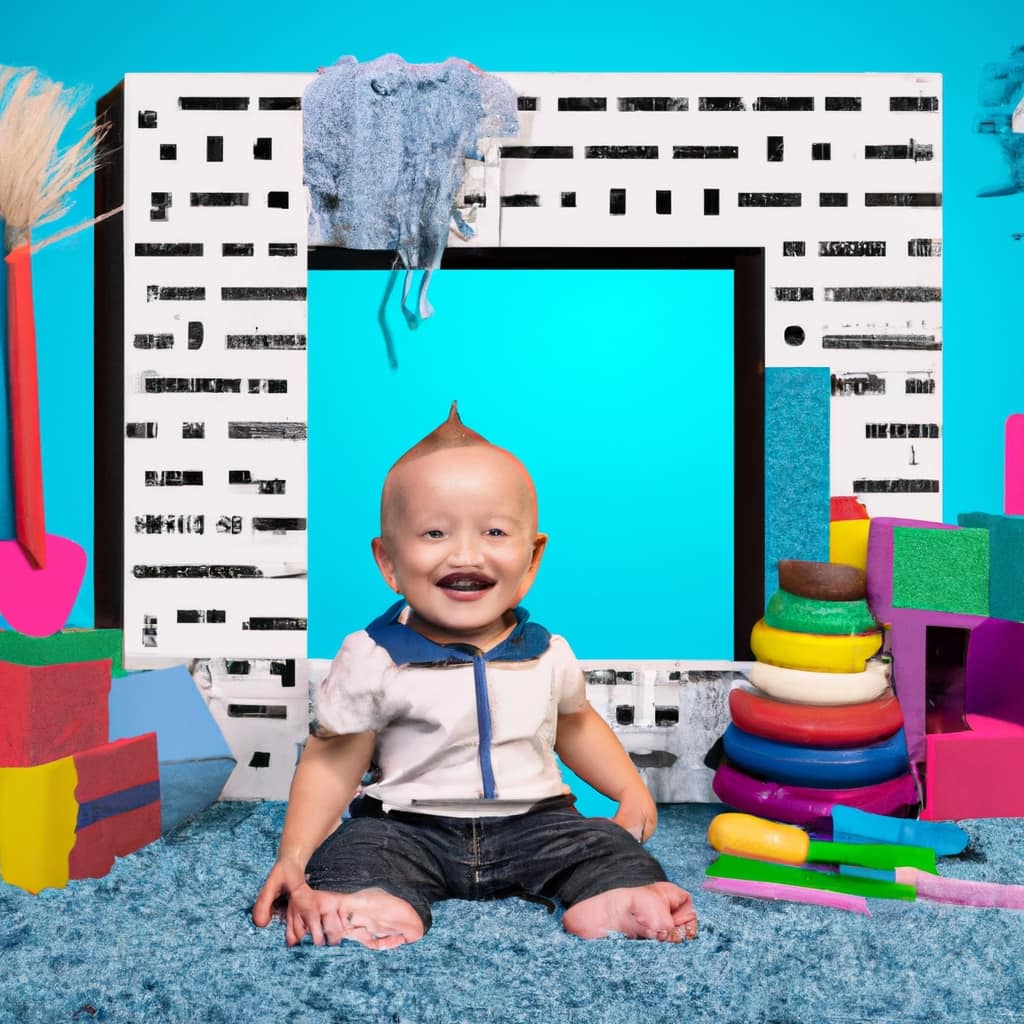Push-pull toys are excellent tools to help children explore force and motion in play. They encourage kids to grasp handles or strings and apply force to see how it affects movement, teaching basic physics concepts like inertia, speed, and direction. These toys are designed for safety and durability, making learning engaging and hands-on. If you want to discover more about how such toys can support early development and business opportunities, keep exploring the ideas behind these interactive tools.
Key Takeaways
- Push-pull toys serve as educational tools to demonstrate basic physics principles like force, motion, and inertia to children.
- Designing these toys with handles and sturdy materials encourages safe exploration of force application and movement.
- They promote motor skill development and scientific curiosity through hands-on interaction and observation of toy responses.
- Incorporating force and motion concepts can enhance marketing strategies for educational toy businesses.
- Understanding the physics behind push-pull toys supports the development of engaging, safe, and instructive products for young learners.

Push-pull toys are classic playthings that help young children develop their motor skills and coordination. When you push or pull on these toys, you’re engaging with basic principles of force application and motion. Every movement you make translates into a change in the toy’s position, illustrating fundamental physics in a simple, tangible way. The design of these toys isn’t accidental; it’s carefully crafted to encourage children to explore how applying different amounts of force affects movement. For example, a toy with a handle or string is engineered so that even small children can grasp and exert force comfortably, making it easier to initiate movement and observe how their actions produce motion. Well-designed toys feature smooth, sturdy components that respond predictably to a child’s push or pull, ensuring safety and encouraging repeated play. The materials used, whether wood, plastic, or metal, are chosen not only for durability but also for how they interact with force. A toy with a wide base or low center of gravity provides stability, allowing children to focus on applying force without the frustration of tipping over. Additionally, the placement of handles or strings is optimized for small hands, making it easier for children to grasp and exert consistent force, which helps develop their strength and fine motor skills. As you push or pull these toys, you start to grasp how force application influences motion. For example, pulling gently on a string might make a toy glide smoothly across the floor, while pushing with more force could accelerate its movement or cause it to hop or roll. This hands-on experience helps children understand the relationship between the amount of force they apply and the resulting motion. It also introduces them to concepts like inertia, as they notice how a toy continues to move once pushed or pulled, unless acted upon by another force like friction or resistance. The toy design ensures these lessons are accessible, safe, and engaging, fostering curiosity about how things move and how force works in everyday life. Understanding the role of force in movement can also encourage children to explore more about energy transfer and motion principles.
Frequently Asked Questions
How Do Push-Pull Toys Enhance Children’s Motor Skills?
Push-pull toys help children develop their motor skills by encouraging them to use their hands and arms actively. As you push or pull, your hand-eye coordination improves because you need to coordinate your movements with what you see. These toys also boost spatial awareness, helping you understand how objects move in space. Playing with push-pull toys makes motor skill development fun and engaging, supporting your overall physical growth.
What Materials Are Safest for Manufacturing Push-Pull Toys?
Imagine a gentle breeze guiding a child’s hand—safe materials make that moment joyful. You want push-pull toys made from non-toxic plastics or natural wood, like sturdy trees standing tall and safe. These materials are gentle on little hands, free from harmful chemicals, and durable enough to withstand play. Selecting safe materials guarantees kids explore with confidence, turning playtime into a safe, imaginative adventure.
How Can Push-Pull Toys Be Used in Educational Settings?
You can use push-pull toys in educational settings to promote interactive storytelling and creative play. By encouraging children to move and manipulate the toys, you help develop their understanding of force and motion. These toys serve as engaging tools that foster imagination while teaching physics concepts. Incorporate them into activities that combine storytelling with movement, making learning fun and dynamic, and helping children grasp key scientific ideas through hands-on experience.
Are There Cultural Differences in Push-Pull Toy Designs?
You might notice that push-pull toy designs vary across cultures due to different cultural influences. These design variations reflect local tastes, materials, and traditions, resulting in diverse shapes, colors, and themes. For example, some cultures favor bright, intricate patterns, while others prioritize simplicity and durability. Recognizing these cultural differences helps you appreciate how cultural influences shape toy designs, making playtime more meaningful and relevant to children’s backgrounds worldwide.
What Are the Environmental Impacts of Manufacturing Push-Pull Toys?
Think of the environmental footprint like Pandora’s box. Manufacturing push-pull toys often involves using unsustainable materials, which can harm ecosystems, and generates manufacturing emissions that contribute to climate change. By choosing sustainable materials, you reduce waste and pollution. Supporting brands that prioritize eco-friendly practices helps protect our planet for future generations. Your choices matter—making mindful decisions about toy production minimizes environmental impacts and promotes a greener world.
Conclusion
Now that you’ve explored push-pull toys, you see how force and motion work together to make playtime fun. Just like a smartphone needs energy to operate, these toys rely on your push and pull to move. Remember, even in the age of AI and hoverboards, simple toys teach timeless physics principles. So, keep experimenting—who knows, maybe someday you’ll invent the next big thing in motion, blending the old school with a futuristic twist!











